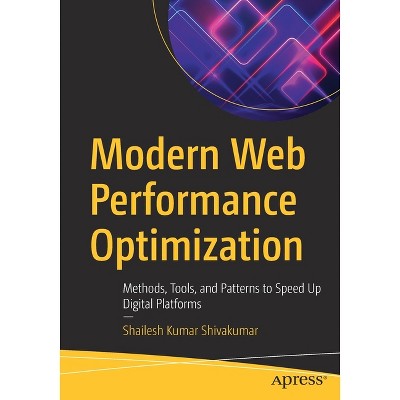Blitz News Digest
Stay updated with the latest trends and insights.
Speed Demons: Racing Ahead in Web Performance Optimization
Unleash lightning-fast web speeds! Discover top tips and tricks to optimize performance and leave your competition in the dust.
Understanding Core Web Vitals: The Key Metrics for Speed Optimization
Core Web Vitals are a set of performance metrics that focus on user experience during page loading. They are crucial for speed optimization, as they directly impact how users perceive the performance of your website. The three main metrics that make up Core Web Vitals include Largest Contentful Paint (LCP), First Input Delay (FID), and Cumulative Layout Shift (CLS). By understanding these metrics, website owners can identify areas for improvement and enhance user engagement. Optimizing these elements not only helps with SEO rankings but also ensures a smoother browsing experience for visitors.
Largest Contentful Paint (LCP) measures the loading time of the largest visible content element on the page, while First Input Delay (FID) assesses the responsiveness of the website to user interactions. Lastly, Cumulative Layout Shift (CLS) tracks the visual stability of the page by measuring unexpected layout shifts. To achieve optimal scores in these metrics, consider leveraging techniques such as image optimization, minifying CSS and JavaScript, as well as implementing a faster hosting solution. By focusing on these key metrics, you not only improve your website's speed but also enhance overall user satisfaction and site credibility.

10 Proven Techniques to Improve Your Website's Load Time
Improving your website's load time is essential for enhancing user experience and boosting SEO rankings. Here are 10 proven techniques to help you achieve a faster loading site:
- Optimize Images: Ensure that images are compressed and in the correct format to reduce their file size without sacrificing quality.
- Minify CSS and JavaScript: Remove unnecessary characters from your code to decrease file size and improve loading speed.
- Leverage Browser Caching: Utilize caching to store frequently accessed resources, allowing your site to load faster for returning visitors.
- Enable Compression: Use Gzip or Brotli compression to reduce the size of your website’s files, significantly improving load time.
In addition to the techniques mentioned, consider the following steps to further enhance your site’s performance:
- Reduce Server Response Time: Optimize your server settings and choose a reliable hosting provider to ensure quick response times.
- Implement a Content Delivery Network (CDN): A CDN can distribute your content globally, reducing latency and improving load speeds for users regardless of their location.
- Limit Redirects: Excessive redirects can slow down your website, so minimize their use to enhance performance.
- Use Asynchronous Loading: Make sure that certain scripts load asynchronously to prevent them from blocking the rendering of your webpage.
How Does Web Performance Impact User Experience and SEO?
Web performance plays a crucial role in shaping the user experience. When a website loads quickly, users are more likely to engage with the content, leading to lower bounce rates and higher conversion rates. In a digital age where attention spans are short, studies show that even a one-second delay in loading time can result in significant drops in user satisfaction. Ensuring that your website performs optimally not only creates a smoother experience but also encourages users to return, fostering brand loyalty and improving overall engagement metrics.
The relationship between web performance and SEO cannot be underestimated. Major search engines, like Google, have made it clear that page speed is a ranking factor. Sites that load quickly often receive better rankings in search results, as they are seen as more valuable to users. Additionally, a fast-loading website contributes to longer sessions and reduced bounce rates, which signals to search engines that your content is relevant and useful. By prioritizing web performance, you enhance both user experience and your chances of climbing the SEO ladder.